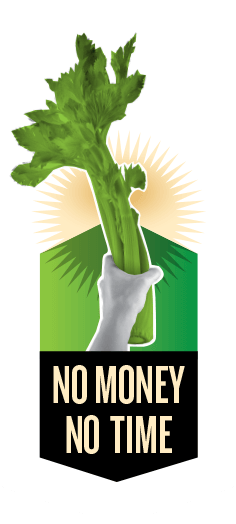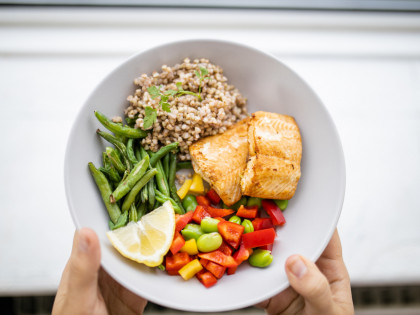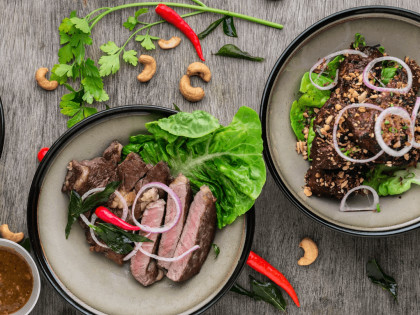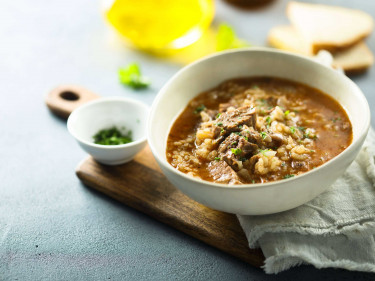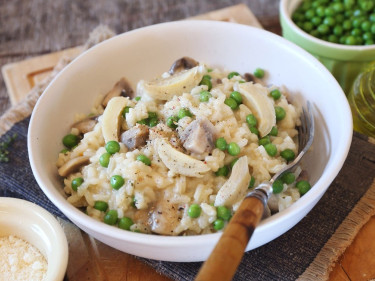The Reverse Diet is also named the ‘diet after the diet’. It claims to increase a person’s energy levels, while being able to maintain physique, while promoting weight loss.
Reverse dieting involves gradually increasing energy intake in a, step-wise manner, after you stop following a reduced energy diet. The diet is supposed to help your body slowly adapt to an increased energy intake, and prevent your basal metabolic rate from dropping. The logic is that prolonged dieting can lower your metabolic rate, meaning that you hit a weight loss plateau if you keep dieting. The reverse diet is claimed to help people transition back to healthy dietary patterns after ceasing a weight loss diet. And restores the metabolic rate. This diet is intended to last 4-10 weeks, or until total energy intake is similar to what the persons previous intake was pre-diet. It is suggested that energy intake increases by 200 - 400kJ / 50 - 100cal per week until that target is reached.
How does the diet work?
The diet does not have rules for specific types of foods, and instead focuses on counting total amounts of calories or kilojoules daily. However, it does state that protein requirements are calculated based on a person’s body weight, so this will remain similar throughout the diet, on the basis that the diet claims that there will be a maintenance of any weight previously lost.
The theory behind reverse dieting is that providing a small energy intake surplus may help restore circulating hormone levels and reverse any adverse change in the body’s energy expenditure, restoring it to pre-diet levels. At the same time it tries to match energy intake to a person’s usual metabolic rate based on them being at a stable weight. The aim is to try not to store extra body fat due to consuming more kilojoules than are being used.
At the beginning of the diet when a person starts a diet and has a lower intake of energy, they would be consuming foods low in energy including plenty of non-starchy vegetables, lean protein and a small amounts of foods reach in healthy carbohydrates, as well as low energy drinks such as water and tea. As they increase their total daily energy intake, more food and hence kilojoules would be eaten.
What does the science say?
Currently, there is limited evidence for reverse dieting and its effects on weight loss and improved dietary intake. Ideally, weight loss strategies should maximise any reduction in body fat stores while conserving or building muscle mass.
One review evaluated studies estimating the number of extra kilojoules needed daily to maximise muscles and minimise body fat stores. . They found limited evidence existed to guide recommendations. This means this dietary strategy is guess work at this stage..
The bottom line
There is insufficient evidence to recommend the Reverse diet as an appropriate and evidence based dietary approach to meet nutrition goals. Overall? Fad diet.

